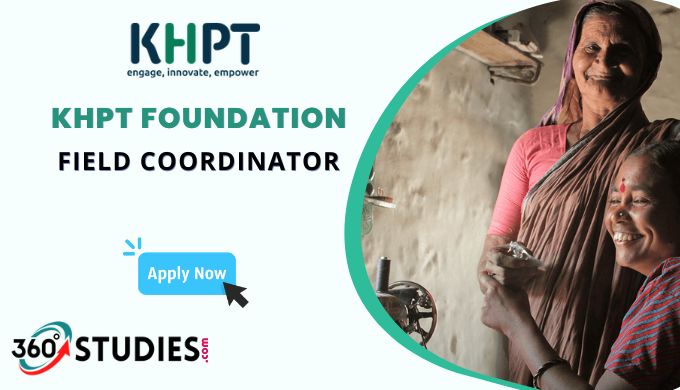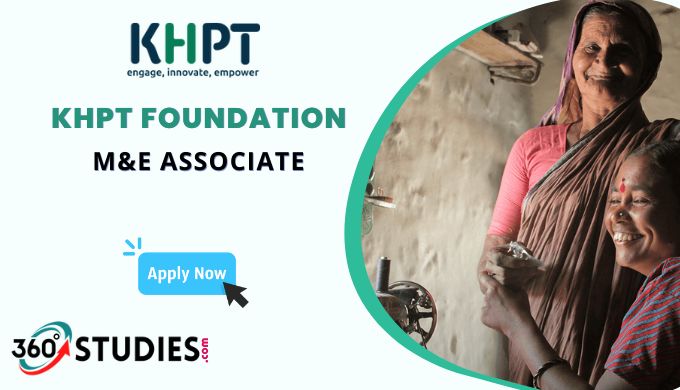z-test: Definition, Assumptions, Advantages, Disadvantages, and Real-Life Example
Definition: The z-test is a statistical hypothesis test used to assess whether the means of two populations are significantly different when the population standard deviation is known. It’s particularly suitable for large sample sizes. The test statistic follows a standard normal distribution (z-distribution), and it’s calculated by comparing the difference between sample means to the […]
z-test: Definition, Assumptions, Advantages, Disadvantages, and Real-Life Example Read More »







